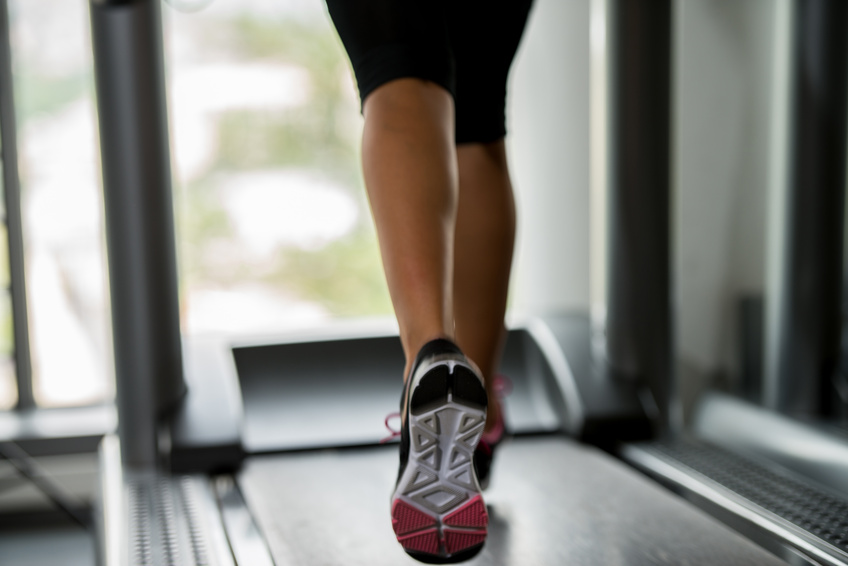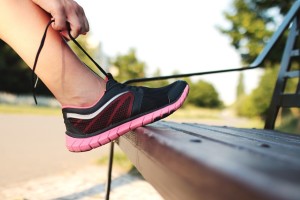- Calls to this hotline are currently being directed to Within Health or Eating Disorder Solutions
- Representatives are standing by 24/7 to help answer your questions
- All calls are confidential and HIPAA compliant
- There is no obligation or cost to call
- Eating Disorder Hope does not receive any commissions or fees dependent upon which provider you select
- Additional treatment providers are located on our directory or samhsa.gov
Exercise and Poor Body Image

Exercise is important for physical and mental health [1]. But what happens when exercise becomes harmful? Exercise can be damaging physically and emotionally if it becomes abusive [1]. It can be difficult to know if someone is abusing exercise. Here are some signs:
Dependence
Someone is dependent on exercise when they use it to avoid upsetting emotions. There is a difference in coping with a feeling and avoiding it. Let’s say that someone has a stressful day at work and does yoga later to relax. This is a healthy use of exercise.
This is different than someone who gets into a fight with their parents and exercises as a way to stuff down the anger and avoid talking about the issue. There is a subtle difference in these examples.
It is hard sometimes to tell the difference between healthy and abusive exercise because the intention is important, not just the physical activity. If someone uses exercise to ignore upsetting feelings, that is a red flag [1].
Compulsive
Compulsive exercise is when someone is unable to stop exercising regardless of the consequences [1]. An example of this is someone that ignores their doctor’s recommendation to take a break from physical activity because of an injury.
This may be a sign of compulsive exercise because they were not able to curb the urge to exercise rather than follow a doctor’s recommendations.
Impacts Other Areas of Life
Another sign of abusive exercise is if someone’s relationship with exercise negatively impacts other areas of their life. For example, someone who abuses exercise might do it despite the impact on their relationships or at work or school.
Because of the potential harm that can result from exercise abuse, it’s helpful to be aware of who is more at risk. People with poor body image are more at risk [2]. Body image is the way someone thinks about the way they look. People with negative body image are more likely to abuse exercise to try to change the way their body looks.

While it is important to be aware of people with increased risk, it is also worth being aware of the messages that exist in Western culture about exercise and the glorification of thin bodies. What someone is taught about their body can directly impact the way they feel about themselves or how they approach exercise [2].
It is worth reflecting on the relationship you have with exercise. What were you taught about it? What beliefs do you have about training and your body? How does exercise impact your life?
Movement can be fun and a source of physical and emotional pleasure. Physical activity should be a source of nourishment rather than a way to self-harm. Support from a qualified body-positive professional can help someone figuring out if their physical activity is benefiting their overall well-being.
Exercise should play a positive role in someone’s long-term quality of life. Everyone deserves a peaceful relationship with their body. Exercise can be a way to nurture this relationship.
Resources:
[1] Berczik, K., Szabó, A., Griffiths, M. D., Kurimay, T., Kun, B., Urbán, R., & Demetrovics, Z. (2012). Exercise addiction: Symptoms, diagnosis, epidemiology, and etiology. Substance use & Misuse, 47(4), 403-417. doi:http://dx.doi.org.proxy.library.ucsb.edu:2048/10.3109/10826084.2011.639120 [2] Freire, G.L.M., Rawane da Silva Paulo, J., Alves da Silva, A., Batista, R.P.R., Alves, J.F.N., Andrade do Nascimento Junior, J.R. (2020). Body dissatisfaction, addiction to exercise, and risk behaviour for eating disorders among exercise practitioners. Journal of eating disorders, 8(23),1-9. https://doi.org/10.1186/s40337-020-00300-9About the Author:

The opinions and views of our guest contributors are shared to provide a broad perspective on eating disorders. These are not necessarily the views of Eating Disorder Hope, but an effort to offer a discussion of various issues by different concerned individuals.
We at Eating Disorder Hope understand that eating disorders result from a combination of environmental and genetic factors. If you or a loved one are suffering from an eating disorder, please know that there is hope for you, and seek immediate professional help.
Published August 6, 2020, on EatingDisorderHope.com
Reviewed & Approved on August 6, 2020, by Jacquelyn Ekern MS, LPC
